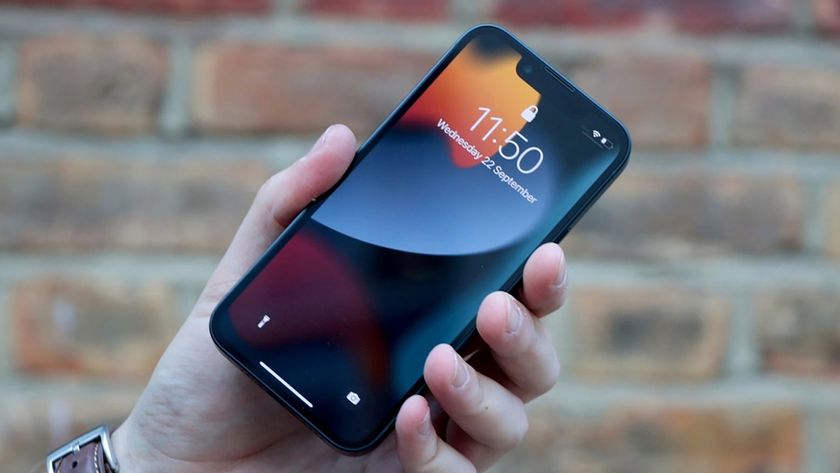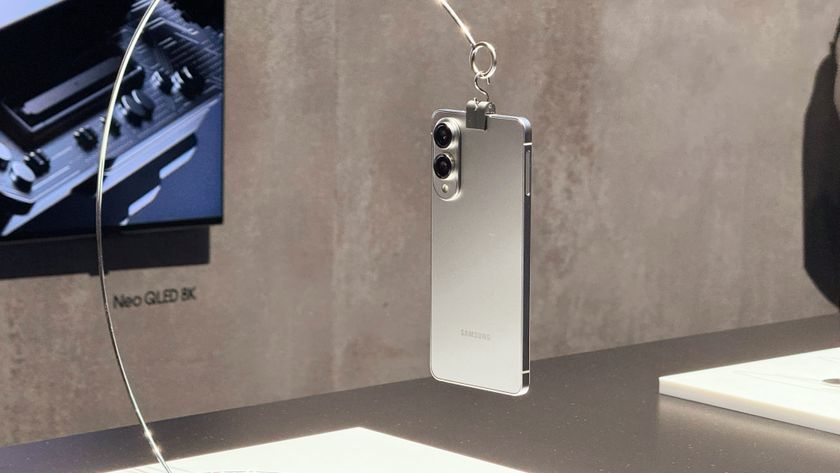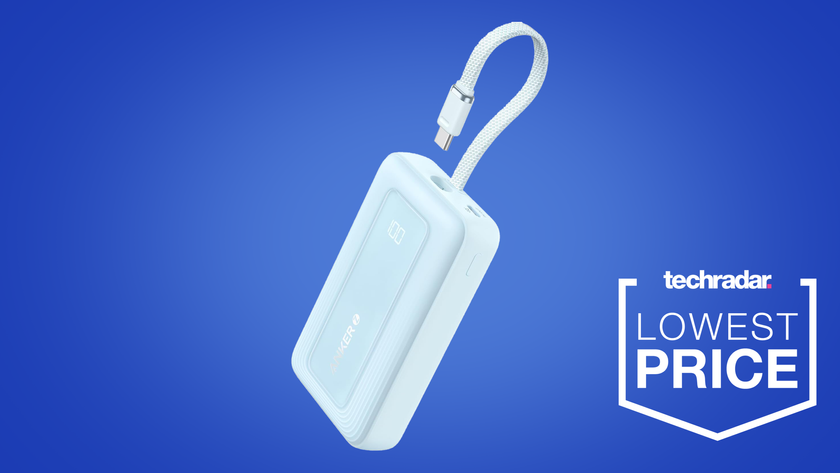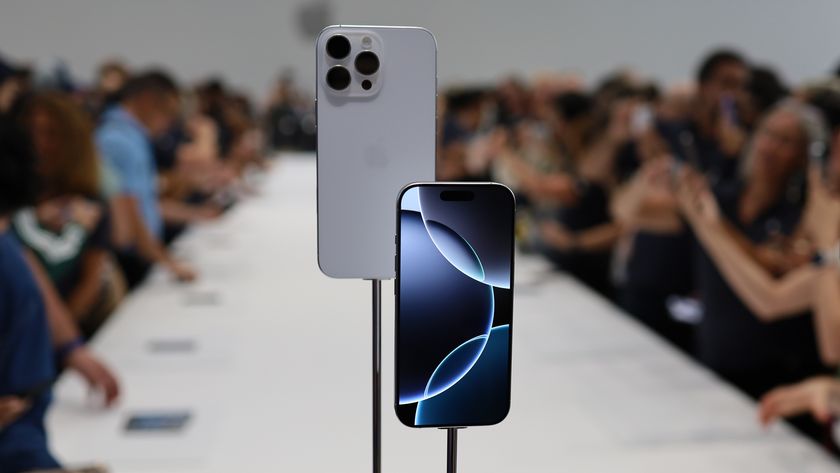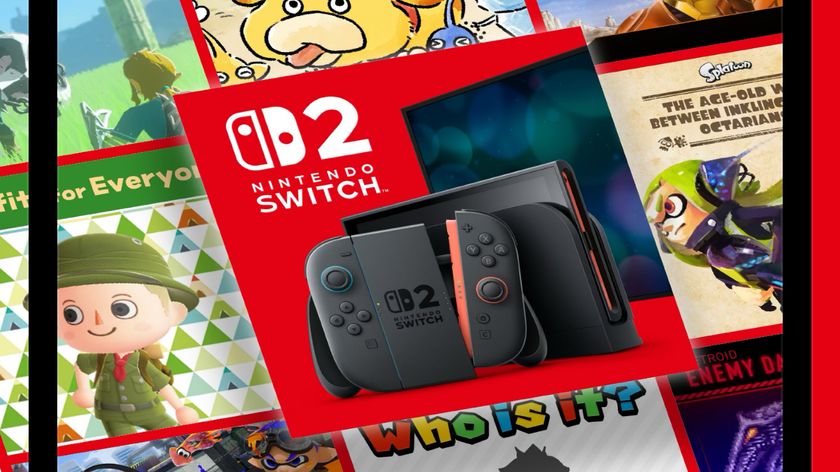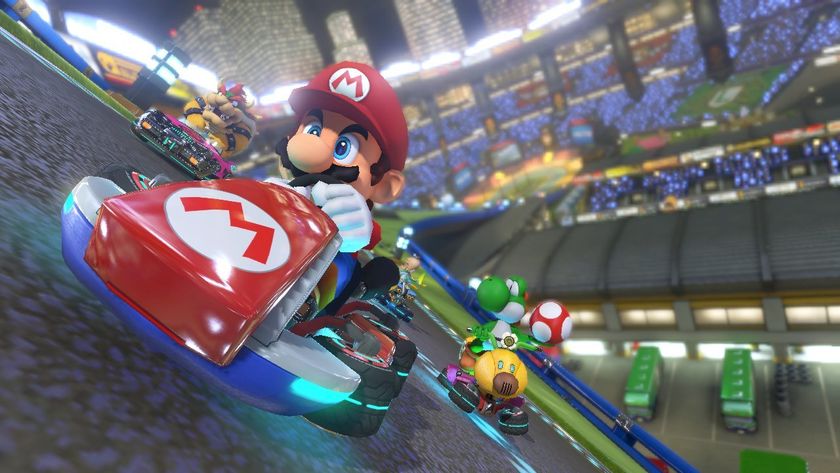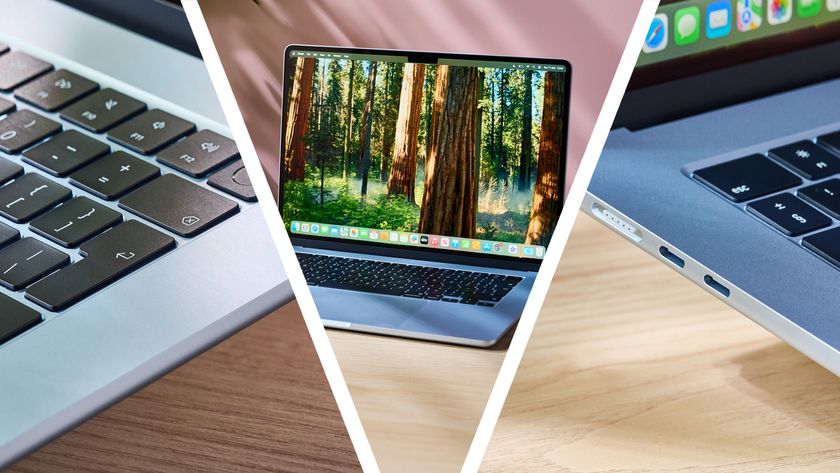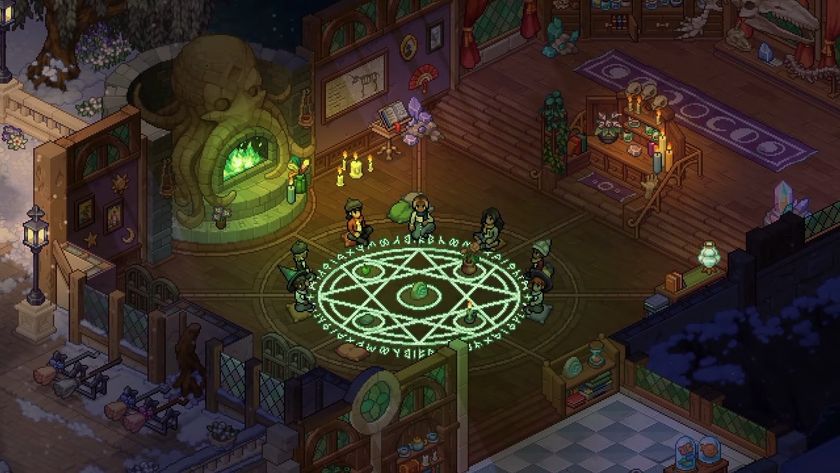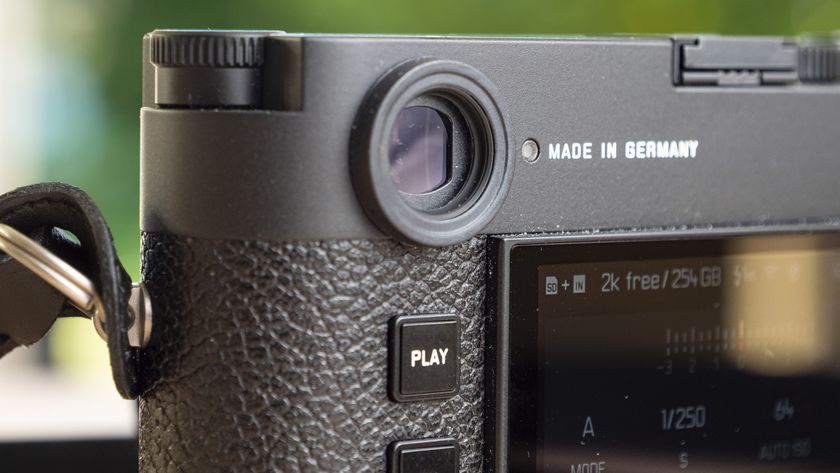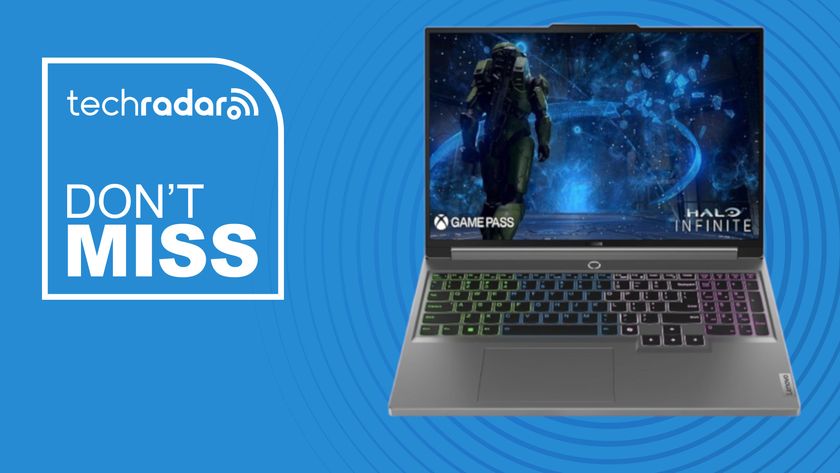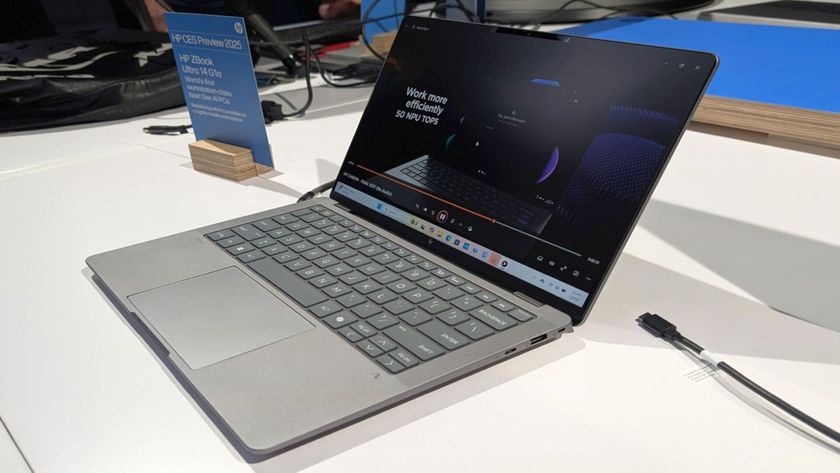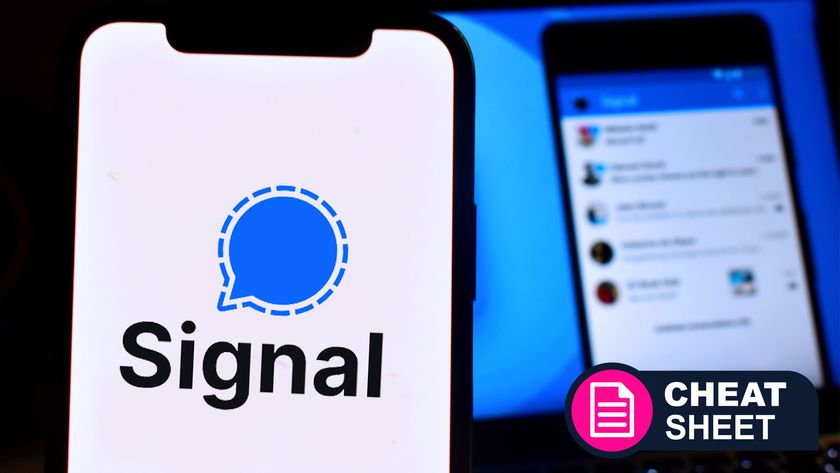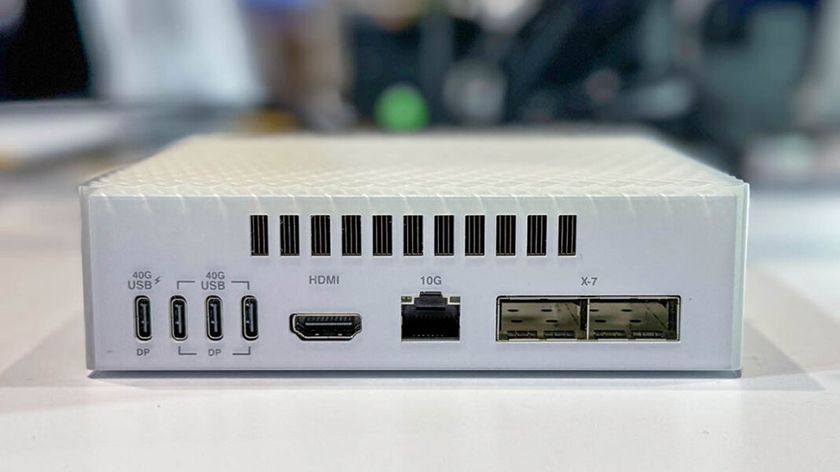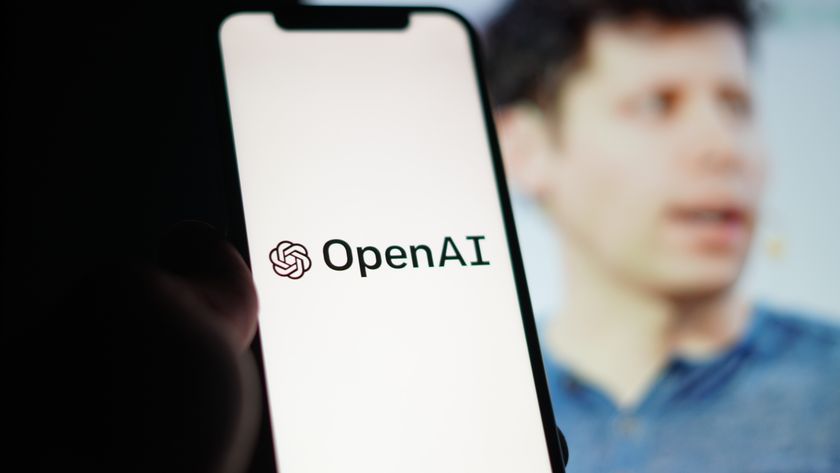Why 4G just got interesting
Who got hammered in the 4G auction?
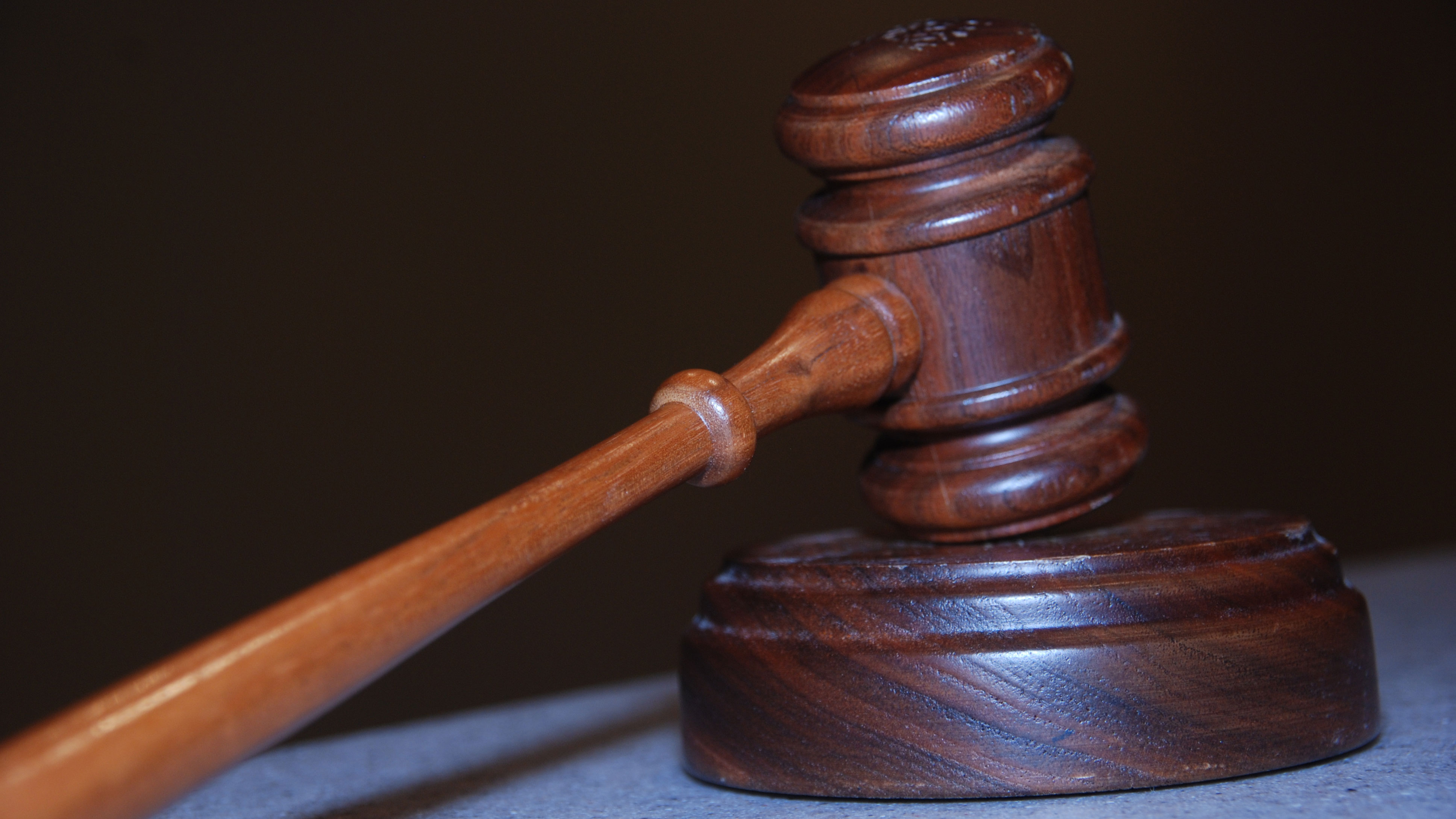
Spectrum auctions aren't usually this interesting.
This week's UK 4G auction has proven that our Chancellor is a dolt, given unexpected frequencies to Three and signalled the return of BT to the mobile broadband party.
You certainly don't get that much action in Homes Under The Hammer.
It's a shame that we can't just laugh openly at George Osborne, who was rather disappointed when the auction only generated £2.3 billion instead of the £3.5 billion-plus he was hoping for.
Unfortunately for the rest of us, the numbskull has already factored the money into this year's budget, so that's another billion quid he'll have to find by throwing pensioners into quarries or whatever his latest money-saving wheeze is.
But let's not linger on the dreadful economic implications. How's this going to shake out?
UK 4G: Who's got what
One of the auction surprises was that Three got some 800MHz spectrum, which many pundits reckoned wasn't going to happen. 800MHz is an important frequency because the longer the wavelength, the further the signal can travel - so an 800MHz frequency delivers better rural coverage than a 2,600MHz one.
Get daily insight, inspiration and deals in your inbox
Sign up for breaking news, reviews, opinion, top tech deals, and more.
That means in about six months time we'll have operators on three different frequencies: 800MHz, where you'll find O2, Three, EE and Vodafone; 1800MHz, where EE and Three currently operate; and 2.6GHz, where once again you'll find O2, EE and Vodafone.
You'll also find someone else in that frequency band: BT.
BT got out of the mobile phone business a long time ago - today's O2, owned by Telefonica, started life as BT Cellnet (the pensioners among us will remember the annoying "Surf the BT Cellnet" ads and people getting excited about WAP).
So what the bally heck is it doing buying big chunks of 2.6GHz spectrum?
The short answer is "not phones". As BT told us last year, it has no plans to become a mobile operator: the spectrum will most likely be used to help get broadband to rural areas where cabling simply isn't cost-effective and giving people 4G antennas is a better option.
Bands on the run
So what does this mean for you? Well, on the face of it it seems that some operators are going to have much better 4G services than others.
As a rule of thumb 800MHz spectrum means better long-distance range and 2.6GHz means better speeds; ideally you'll want to sign up with a carrier who has both, ensuring the best speeds in cities and the best coverage when you're in rural areas.
Unfortunately, not every operator is going to be able to offer that.
There are clear winners and losers in this auction. EE's got the biggest grin: in addition to its current 1800MHz spectrum it now gets 800MHz and 2.6GHz too, enabling it to offer 4G on three frequency bands.
Vodafone has 800MHz and 2.6GHz spectrum, giving it two bands, and it's asked Ofcom for permission to use its existing 1800MHz capacity too, potentially giving it three 4G bands. Three got 800MHz spectrum and already has some of EE's 1800MHz spectrum (although it can't use that until late this year) giving it two frequency bands. And O2 is stuck in the 800MHz band, with no 1800MHz or 2.6GHz spectrum at all.
That means when you're choosing 4G, you'll need to choose carefully. 4G promises much, but the operators are going to have very different ways of delivering on those promises.
Writer, broadcaster, musician and kitchen gadget obsessive Carrie Marshall has been writing about tech since 1998, contributing sage advice and odd opinions to all kinds of magazines and websites as well as writing more than a dozen books. Her memoir, Carrie Kills A Man, is on sale now and her next book, about pop music, is out in 2025. She is the singer in Glaswegian rock band Unquiet Mind.

